1. Introduction
Tooth decay, or dental caries, is one of the most common dental problems globally, and almost everyone experiences it to some extent. It occurs when bacteria in the mouth break down sugars in food, producing acids that gradually erode the tooth structure. Tooth decay not only affects the appearance of the teeth but can also lead to pulpitis, gum disease, and other oral health problems, potentially affecting overall health. Therefore, preventing tooth decay is critical for everyone.
In daily life, we can effectively prevent tooth decay through proper diet, good oral hygiene habits, and regular dental check-ups. This article will provide a detailed explanation of how to prevent tooth decay through daily habits, dietary adjustments, and scientific care.
2. The Mechanism of Tooth Decay
2.1 Basic Concept of Tooth Decay
Tooth decay, also known as cavities, occurs when bacteria in the mouth metabolize sugars from food and produce acid. This acid gradually dissolves the minerals in tooth enamel, leading to the destruction of the tooth structure. Tooth decay develops progressively, often without noticeable symptoms in the early stages, but as it worsens, pain, sensitivity, and other discomforts may arise.
2.2 Causes of Tooth Decay
The occurrence of tooth decay is a result of multiple factors, mainly including:
- Oral Bacteria: Oral bacteria feed on the sugars we consume, and as they metabolize these sugars, they produce acidic substances that erode the enamel.
- Dietary Habits: Frequent consumption of sugary, starchy, or acidic foods provides bacteria with more “food,” accelerating the process of tooth decay.
- Oral Hygiene: Poor oral hygiene leads to the accumulation of bacteria and plaque, which in turn produce acids that contribute to tooth decay.
- Tooth Structure: Factors such as tooth shape, surface pits, and the gaps between teeth can also influence the formation of cavities. Irregular tooth shapes or poor alignment can lead to food residue being trapped, creating an environment conducive to bacterial growth.
3. How to Prevent Tooth Decay Through Daily Habits
3.1 Good Oral Hygiene Practices
Maintaining oral hygiene is the most important method of preventing tooth decay. By following scientific tooth-brushing methods, using dental floss, and mouthwash, we can effectively remove food debris, plaque, and bacteria from the mouth, thereby reducing the risk of tooth decay.
3.1.1 Correct Brushing Technique
Brushing your teeth daily is the first step to preventing tooth decay. Correct brushing should include the following:
- Brushing Frequency: Brush your teeth at least twice a day, once in the morning and once before bed.
- Brushing Time: Brush for at least two minutes to ensure that all areas of your teeth are properly cleaned.
- Brushing Method: Use a soft-bristled toothbrush and adopt a circular or vertical brushing technique to gently clean your teeth, avoiding excessive force that could damage your gums or enamel.
- Toothpaste Choice: Use fluoride toothpaste, which helps effectively remove plaque and strengthen enamel against decay.
3.1.2 Using Dental Floss
Dental floss is effective in cleaning the spaces between your teeth, areas that are difficult to reach with a toothbrush. Food particles and bacteria trapped between teeth are a major cause of tooth decay. Using dental floss daily can help remove these residues and bacteria, reducing the chances of tooth decay.
3.1.3 Mouthwash Use
Mouthwash can kill some bacteria in the mouth and help clean the oral cavity, thereby preventing tooth decay. Choosing mouthwash with antibacterial ingredients can reduce bacteria growth and inhibit the production of acid, offering extra protection for your teeth.
3.2 Regular Dental Check-ups
Even if you maintain good oral hygiene daily, regular dental check-ups are still essential. Dentists can identify early signs of tooth decay and take timely action to treat them, preventing further deterioration. It is recommended to have a dental check-up and professional cleaning at least once a year to maintain oral health.
3.3 Avoid Frequent Snacking
Frequent consumption of snacks, especially sugary foods, is a major contributor to tooth decay. After eating, the bacteria in the mouth use the sugars to produce acidic substances that erode the enamel. Therefore, reducing snacking, especially sugary foods and drinks, can significantly reduce the risk of tooth decay.
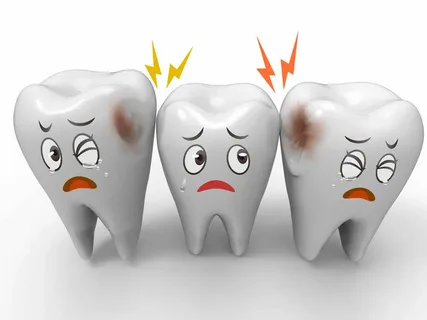
4. Controlling Tooth Decay Through Diet
Diet plays a crucial role in oral health, and by selecting the right foods and adjusting dietary habits, we can help reduce the occurrence of tooth decay.
4.1 Reduce Intake of Sugary and Acidic Foods
Sugar is the main “food” for bacteria in the mouth. Excessive sugar consumption promotes bacterial growth, leading to the production of acidic substances that cause tooth decay. Therefore, reducing sugar intake, especially avoiding sugary snacks and beverages, is one of the most effective ways to prevent cavities.
Acidic foods and drinks, such as citrus fruits, orange juice, and carbonated drinks, can also erode tooth enamel. Consuming these foods in moderation and rinsing your mouth with water afterward can help protect your teeth.
4.2 Increase Intake of Calcium, Phosphorus, and Vitamins
Calcium, phosphorus, and vitamins are essential nutrients for maintaining healthy teeth. Calcium and phosphorus help maintain strong teeth, while vitamin D helps with calcium absorption. By ensuring a diet rich in these nutrients, we can improve tooth resistance to decay and reduce the risk of cavities.
Good sources of calcium include dairy products, beans, nuts, and leafy greens; phosphorus can be found in fish, meat, eggs, and legumes; vitamin C-rich foods include citrus fruits, strawberries, and tomatoes.
4.3 Eat Fiber-Rich Foods
Fiber-rich foods, such as fruits, vegetables, and whole grains, can help stimulate saliva production. Saliva plays a natural cleansing role by washing away food debris and bacteria from the teeth, reducing the buildup of acid on the teeth, and preventing tooth decay.
Additionally, chewing fiber-rich foods massages the gums, promoting overall dental health.
5. Other Effective Measures for Tooth Protection
In addition to daily oral care and dietary adjustments, the following measures can also help prevent tooth decay.
5.1 Pit and Fissure Sealants
Pit and fissure sealants are a method of applying a special resin material to the grooves and pits of the teeth, forming a protective layer to prevent tooth decay. This procedure is particularly effective for children and teenagers, as their teeth tend to have deeper grooves that trap food debris, creating an ideal environment for bacterial growth.
5.2 Fluoride Treatment
Fluoride strengthens enamel and helps teeth resist decay. It can also assist in remineralizing teeth, repairing early-stage damage caused by acids. Fluoride can be obtained from fluoridated water, toothpaste, or professional fluoride treatments. Regular fluoride treatments can significantly reduce the risk of tooth decay, especially in children and adolescents.
5.3 Avoid Bad Oral Habits
Certain bad oral habits, such as chewing hard objects, grinding teeth, or prolonged use of bottles or sugary snacks, can contribute to tooth decay. For children, prolonged use of bottles or constant snacking on sweets can expose teeth to sugars and increase the risk of cavities. It is important for parents to guide their children in developing good oral habits and avoid these harmful behaviors.
6. Conclusion
Tooth decay is a gradual process, and preventing it requires consistent efforts in daily life. By maintaining good dietary habits, practicing proper oral hygiene, and scheduling regular dental check-ups, we can effectively prevent the occurrence of cavities and maintain healthy teeth. Preventing tooth decay is not only essential for the aesthetics and function of teeth but also closely linked to overall health. Therefore, developing good oral care habits from an early age is one of the most important health investments anyone can make.











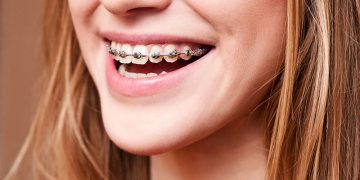
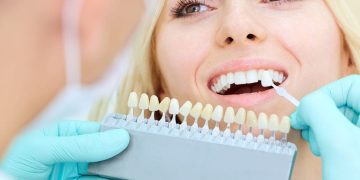




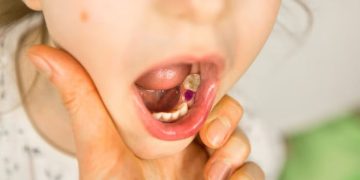
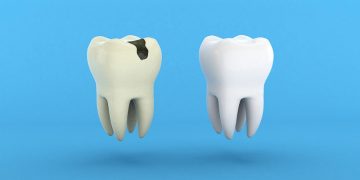






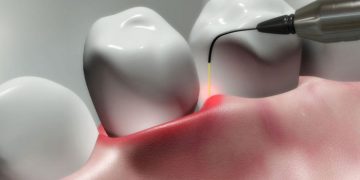


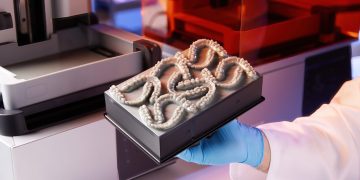
















Discussion about this post